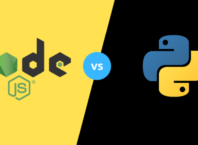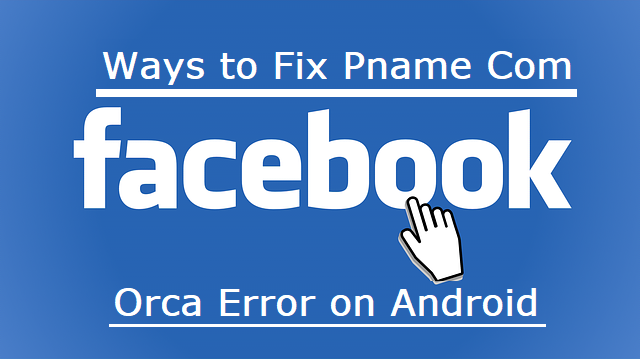For an excellent Google Ads campaign, it is essential to understand the PPC auction process. Every PPC account manager wishes to stay profitable. But, most of the PPC marketers are not mathematically oriented. But often, the overall profitability is affected by certain factors. Some managers feel that the calculations are challenging. But, mastering the formulas will help them to take a stand in the market. The five essential ROI formulas are given below:
Contents
How to determine ROAS?
Most people get confused between ROAS and ROI, but they are not the same. ROAS stands for return on ad spent, and ROI stands for return on investment. ROAS is about looking linearly at PPC profitability, whereas in ROAS, you take a multidimensional look at PPC spend. To determine ROAS, you need total conversion value and total advertising cost. The formula is given below:
Total conversion value/ total cost of advertising.
A reputable will PPC Agency recommend you to use Google ad’s “All conv. Value / cost” for quick ROAS calculation. For a website that is not eCommerce, you need to calculate ROAS manually by your hand, based on the given information by your clients.
How to determine break-even ROAS?
Everything is nice about ROAS to expect that it can not give you a full picture of profitability. Just by knowing ROAS, you can not be sure whether you are making or losing overall money. A PPC manager needs to set a break-even ROAS for their clients. Profit margin varies from client to client, and it is the first step towards determining their break-even ROAS. Profit margin is the requirement to determine break-even ROAS. The formula is given below:
1/profit margin.
To increase your profit margin, you can determine the average lifetime value of a customer. And this, in turn, will decrease the break-even ROAS.
How to determine the cost per conversion for forms?
There are many accounts that track form submissions as a conversion action in the customer’s PPC accounts. Although, it is tricky to attribute a value per conversion because there exist some form submissions that do not represent any revenue or profit for the client. Or else it may happen that the amounts are varying rapidly. For a manager, it is essential to understand the true cost per conversion. For determining CPA for forms, you will need- average cost per conversion and average form conversion rate. The formula is given below:-
The average cost per conversion in Google Ads/ Form conversion rate
As soon as you know how much you are paying per conversion, you can increase ROI by identifying the areas.
How to determine break-even CPA for forms?
To know the most that you spend on a form submission without losing any money, you need to consider the close rate to know the profitability. But, if you are generating low conversions, it is not likely that you are making more money. To calculate the break-even CPA for forms, you will require an Average profit per sale and form conversion rate. The calculation formula is given below:
average profit per sale*form conversion rate.
How to determine break-even CPA for a complex sales cycle?
It is not necessary for all businesses to convert all of their customers in a single linear process. Long cycle sales are all about having several touchpoints consisting of prospects before extracting revenue and closing a deal. To determine break-even CPA, one would need average profit sale, webinar conversion rate, and sales conversion rate. The formula is given below:
(webinar conversion rate*sales conversion rate) *average profit per sale.
Conclusion:
To be successful in any campaign, it is important to understand the auction process and Google Ads. But, to take it to the next level, it also becomes necessary to understand the financial metrics of the business. To be a better media buyer and to get long-term results, you will need to grasp those metrics.












